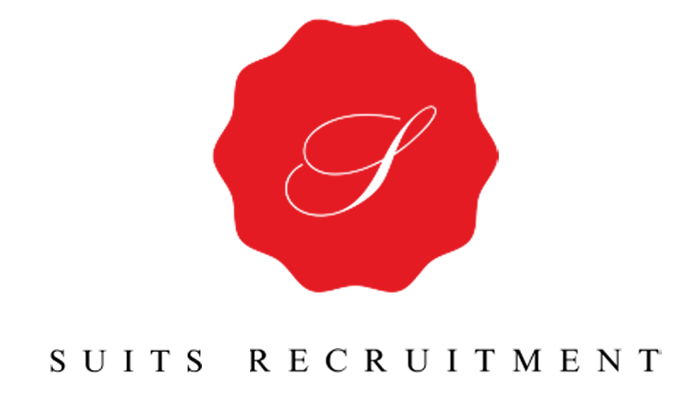









SR Insider — Inclusive Onboarding Beyond Hiring 🤝
Creating a truly inclusive workplace begins before your new hire’s first day. An onboarding process that embraces
cultural sensitivity, accessible materials, and
continuous support
not only accelerates productivity—it boosts retention, engagement, and long‑term loyalty.
In today’s SR Insider, we dive into four essential components of an inclusive onboarding strategy, backed by best practices and real‑world examples.

1. Why Inclusion Matters
Inclusive onboarding isn’t a “nice‑to‑have”—it’s a strategic imperative. Research shows that organizations with strong inclusion practices see:
- Higher retention: Employees who feel valued from day one are 3× more likely to stay beyond their first year.
- Increased engagement: Inclusive environments drive a 17% uplift in discretionary effort.
- Greater innovation: Diverse teams bring varied perspectives, leading to 19% higher innovation revenues.
When every newcomer sees themselves reflected in your processes and materials, you lay the groundwork for
psychological safety—the belief that they can speak up, share ideas, and grow without fear.
2. Cultural Sensitivity: Tailor Content to Diverse Backgrounds
A one‑size‑fits‑all orientation risks alienating employees from different cultures, languages, or experiences. Instead:
- Localize welcome messages: Offer greetings or short videos in multiple languages or regional accents.
- Reflect global holidays & customs: Acknowledge local observances (e.g., Diwali, Eid, Lunar New Year) in your onboarding calendar.
- Use inclusive imagery: In presentations and handbooks, feature diverse avatars, case studies, and examples.
Pro Tip: Survey new hires pre‑onboarding about their cultural preferences and learning styles—then adapt your schedule and materials accordingly.
3. Accessible Materials: Clear Language & Multiple Formats
Not everyone absorbs information in the same way. To make onboarding accessible:
- Write in plain language: Avoid jargon and long sentences. Aim for a Grade 8–10 reading level so key policies are understood by all.
- Offer multi‑modal content: Combine text, infographics, audio clips, and captioned videos—so visual, auditory, and reading learners all benefit.
- Ensure accessibility compliance: Use high‑contrast colors, alt text for images, and transcripts for audio/video content to support employees with disabilities.
Pro Tip: Host all materials on a central, user‑friendly platform (e.g., LMS or intranet) that new hires can revisit anytime.
4. Continuous Support: Assign Buddies & Schedule Check‑ins
Onboarding is not a one‑day event—it’s an ongoing journey. Effective support structures include:
- Buddy programs: Pair each new hire with a tenured “onboarding buddy” who can answer questions and introduce them to informal networks.
- Regular check‑ins: Schedule short 15‑minute catch‑ups weekly for the first month, tapering to biweekly or monthly as the newcomer settles in.
- Feedback loops: Use pulse surveys or quick polls to capture onboarding experience data and iterate on your process.
Pro Tip: Encourage buddies to schedule informal “coffee chats” or virtual meetups that foster social connections beyond task‑focused interactions.
Bringing It All Together
Inclusive onboarding requires intention, adaptability, and empathy. By prioritizing cultural sensitivity, providing accessible materials, and offering continuous support, you create a welcoming environment where every employee can thrive.
🔗
Want a seamless, inclusive start for your team?
💬
Question for HR leaders: What inclusive practice has made the biggest difference in your onboarding? Share below!
#InclusiveOnboarding #EmployeeExperience #RemoteWork #SRInsider #SuitsRecruitment
By: Joy Khaylin Ugokwe










